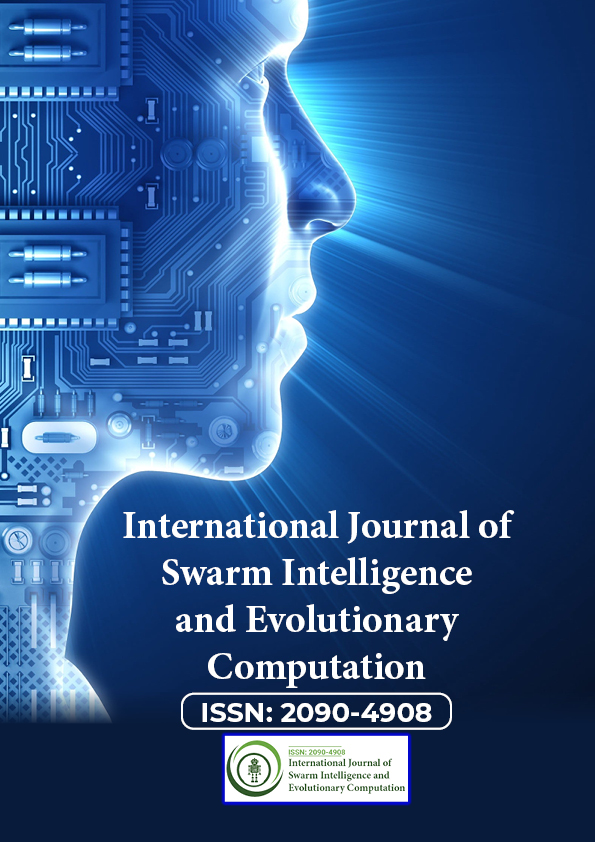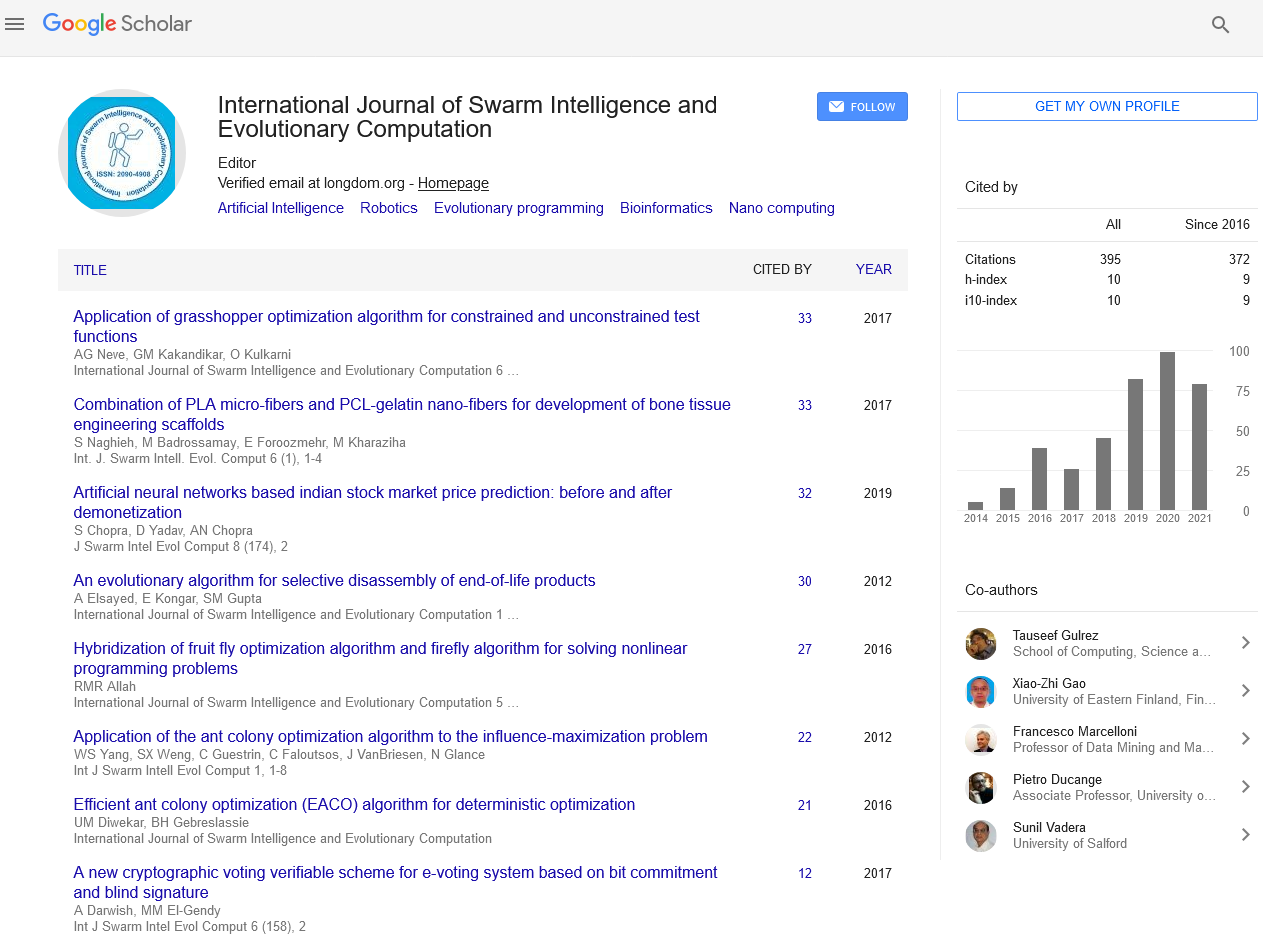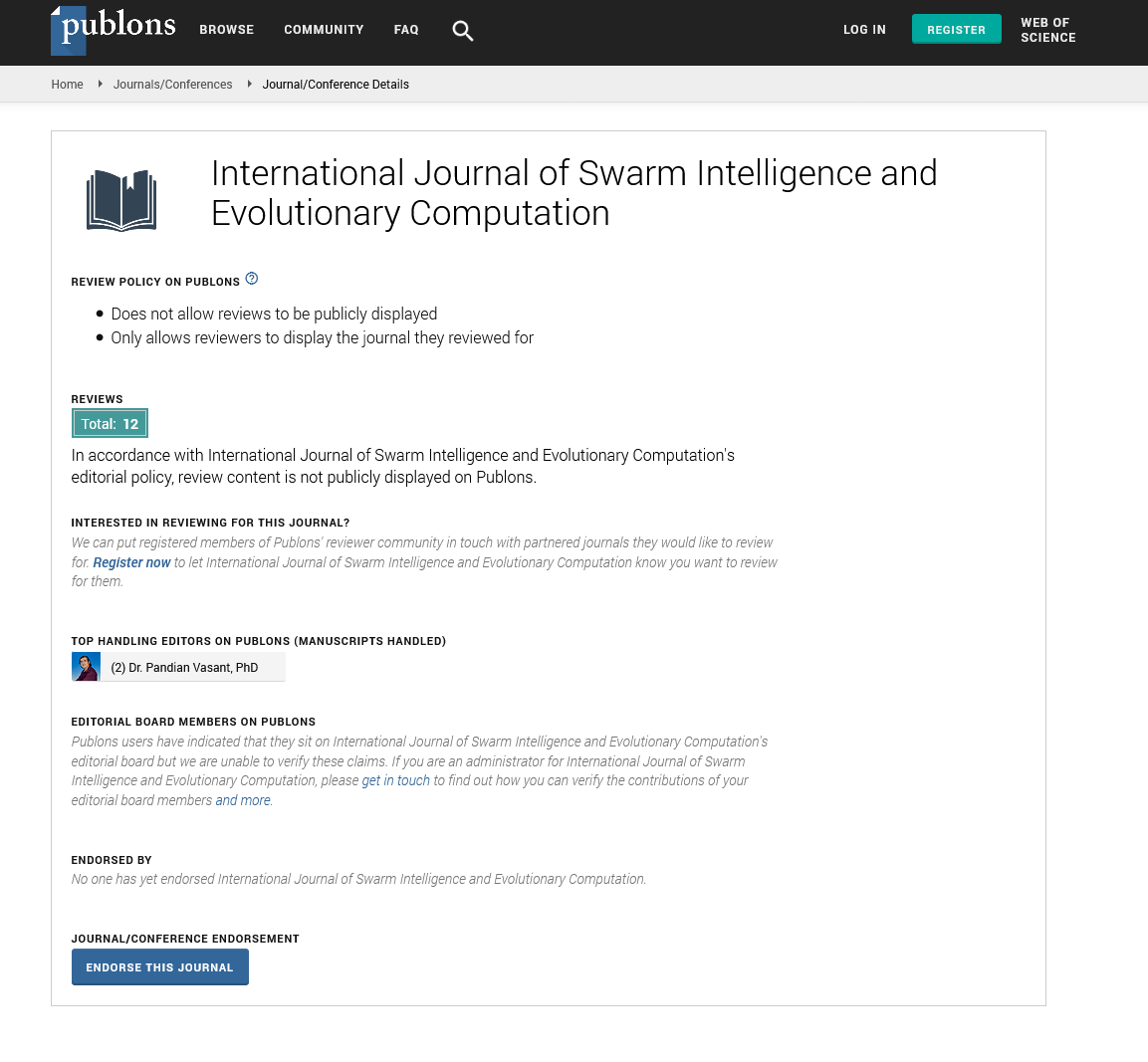Indexed In
- Genamics JournalSeek
- RefSeek
- Hamdard University
- EBSCO A-Z
- OCLC- WorldCat
- Publons
- Euro Pub
- Google Scholar
Useful Links
Share This Page
Journal Flyer

Open Access Journals
- Agri and Aquaculture
- Biochemistry
- Bioinformatics & Systems Biology
- Business & Management
- Chemistry
- Clinical Sciences
- Engineering
- Food & Nutrition
- General Science
- Genetics & Molecular Biology
- Immunology & Microbiology
- Medical Sciences
- Neuroscience & Psychology
- Nursing & Health Care
- Pharmaceutical Sciences
Conventional Neural Network Approach for Medical Image Analysis
International Conference and Expo on Artificial Intelligence and Deep Learning
May 18, 2022 | Webinar
Ata Joderi
Tabriz University of Medical Science, Tabriz, Iran
Scientific Tracks Abstracts: Int J Swarm Evol Comput
Abstract:
A convolutional neural network (CNN or ConvNet), is a network architecture for deep learning which learns directly from data, eliminating the need for manual feature extraction. CNNs are particularly useful for finding patterns in images to recognize objects, faces, and scenes. They can also be quite effective for classifying non-image data such as audio, time series, and signal data. Applications that call for object recognition and computer vision — such as selfdriving vehicles and face-recognition applications — rely heavily on CNNs. Using CNNs for deep learning is popular due to three important factors: (1) CNNs eliminate the need for manual feature extraction—the features are learned directly by the CNN. (2) CNNs produce highly accurate recognition results. (3) CNNs can be retrained for new recognition tasks, enabling you to build on pre-existing networks. In order to improve the accuracy of Dx predictions, our paper proposes the use of a Deep Convolutional Network. The proposed deep neural network architecture consists of two parts; first, a one-dimensional CNN to build informative feature maps, and second, a stack of deep, fully connected layers to estimate pollution dispersion (as Dx) in streams.


